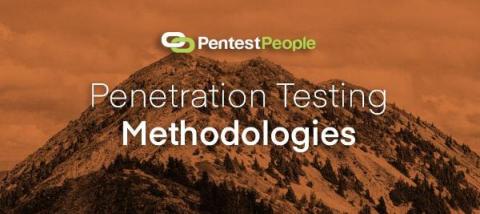Security | Threat Detection | Cyberattacks | DevSecOps | Compliance
Penetration Testing
Penetration Testing Methodologies
Penetration Testing, by definition, is "A method for gaining assurance in the security of an IT system by attempting to breach some or all of that system's security, using the same tools and techniques as an adversary might."
Penetration Tests of Newly Released Web Applications
Running penetration tests of a mature web application is always a great challenge. Systems are usually well hardened, and scanners fall short of flagging anything interesting, requiring an experienced security engineer to identify vulnerabilities using advanced exploitation methods. On the other side, some applications are going for their first release ever or release after a major code change.
Penetration Testing To Prevent API Attack
This blog describes the attack path we have uncovered during a recent penetration test of a web application, coupled with a back-end infrastructure assessment. Throughout we introduce different attack techniques and tools that can be used to attack the underlying infrastructure and APIs of a web application.
Webinar: "I get paid to hack your company and these are the controls I hate most!"
Penetration testing steps: your assessment guide
Understanding pentesting vs an automated hacker-powered tool
Gartner's top security threat and pentesting vs continuous scans - what you missed from Hack Yourself Stockholm 2021
Included by Gartner in 2021 as a major cybersecurity category and an emerging product, the External Attack Surface Management (EASM) term might be new. Still, the idea behind it is nothing new: identifying risks coming from internet-facing assets that an organization may be unaware of. A few companies, including Detectify, have been highlighting the importance of the attack surface and understanding the potential risks of the constantly-changing environment.
Is your penetration testing weak? Catch hackers at your backdoor with Sumo Logic
CIS Control 18 Penetration Testing
Penetration testing is something that more companies and organizations should be considering a necessary expense. I say this because over the years the cost of data breaches and other forms of malicious intrusions and disruptions are getting costlier. Per IBM Security’s “Cost of a Data Breach Report 2021,” the average cost of a breach has increased 10% year over year, with the healthcare sector having the highest cost breaches for 11 consecutive years.










